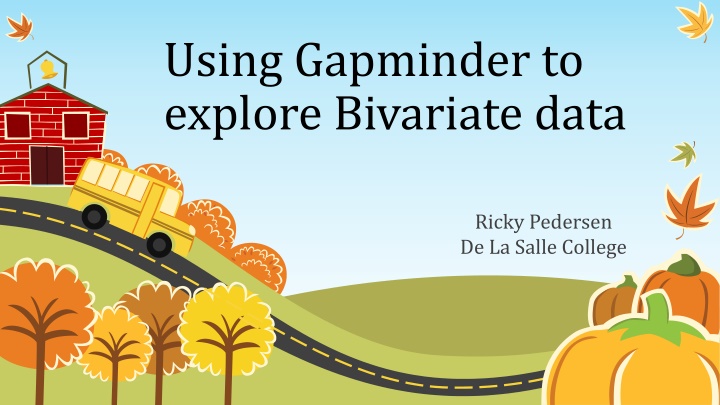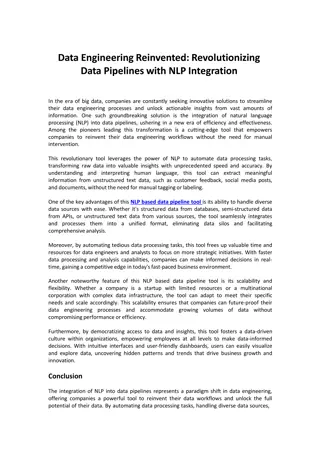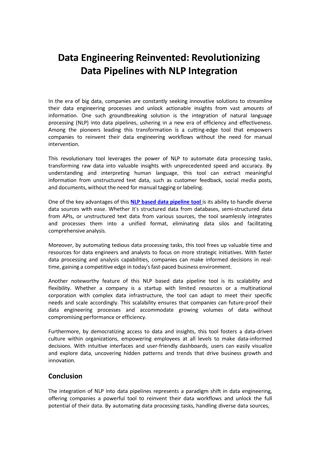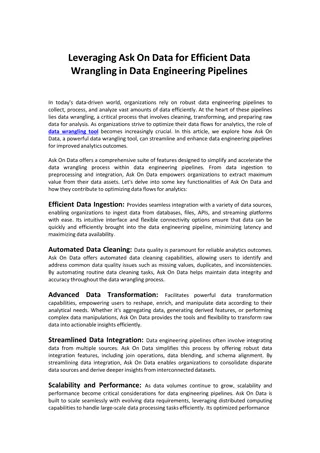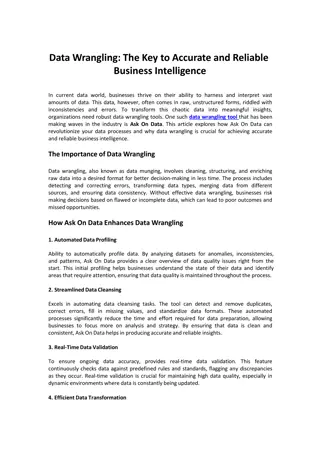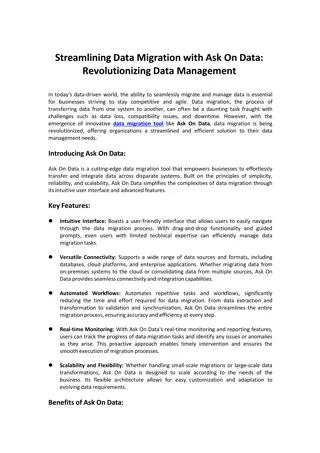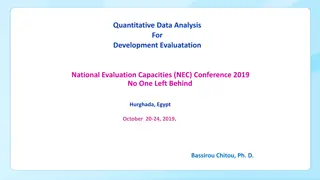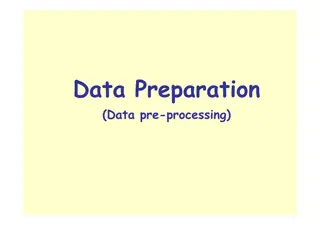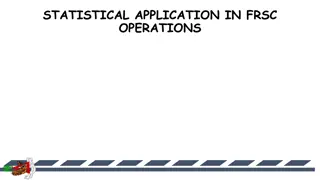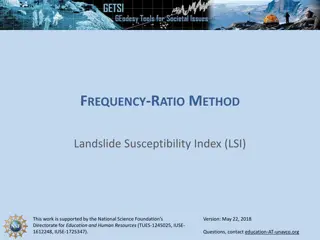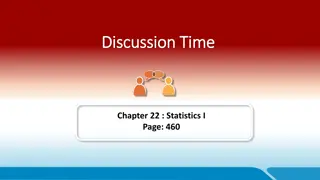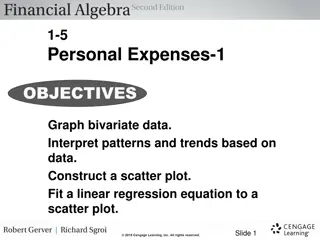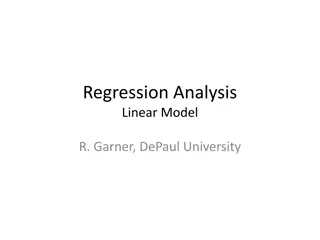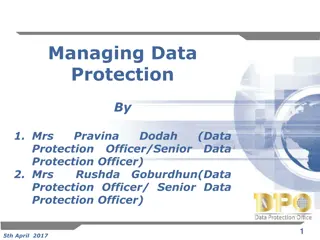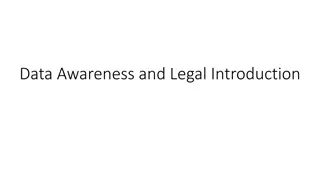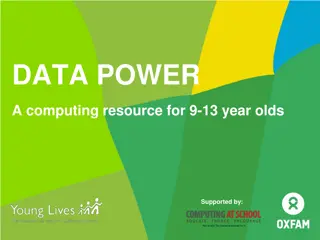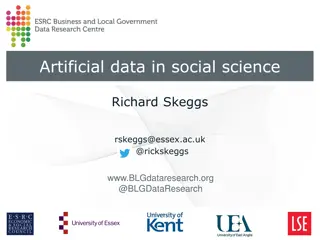Using Gapminder to explore Bivariate data
Dive into bivariate data analysis using Gapminder at De La Salle College with Ricky Pedersen. Explore relationships between two variables and gain insights into statistical trends and patterns. Understand how to interpret and visualize data effectively to draw meaningful conclusions. This hands-on approach will enhance your data analysis skills and broaden your understanding of the subject.
Download Presentation

Please find below an Image/Link to download the presentation.
The content on the website is provided AS IS for your information and personal use only. It may not be sold, licensed, or shared on other websites without obtaining consent from the author.If you encounter any issues during the download, it is possible that the publisher has removed the file from their server.
You are allowed to download the files provided on this website for personal or commercial use, subject to the condition that they are used lawfully. All files are the property of their respective owners.
The content on the website is provided AS IS for your information and personal use only. It may not be sold, licensed, or shared on other websites without obtaining consent from the author.
E N D
Presentation Transcript
Using Gapminder to explore Bivariate data Ricky Pedersen De La Salle College
About me HoF Mathematics De La Salle College 10 Years still a baby! Love my calculus
About De La Salle College Catholic Boys School Year 7 to 13 Pasifika and ESOL
Problems Low levels of literacy Difficulty connecting with contexts Making connections and research
Interactive Task Talk to the person next to you and find out: One thing they hope to gain What they do in their school for Bivariate data
Using Gap Minder and other resources http://www.gapminder.org http://www.jake4maths.com/ https://www.stat.auckland.ac.nz/~wild/iNZight/index.php
So how do we assess? Assessing as an assignment 2 3 Lessons of exploring the use of the software 4 5 Lessons of in class assessment time Video assessment?
Interactive Task - Authenticity Discuss with the person next to you how you manage authenticity
Student work I discovered that there was a definite relationship between the children per woman and the life expectancy of a country. However, upon evaluation, I found that the relationship between children per woman and life expectancy can be explained by GDP/Income per Person. I identified that those countries who averaged higher incomes tended to have less children and in turn lived longer lives. Whether or not this is a coincidence, this could be apparent because GDP is effecting: Education: many of the countries who are having more children (perhaps those in third world countries) are falling victim to a lack of education in appropriate sexual intercourse. For instance, they may not be educated in using contraception, preventing pregnancy. Access to health care: if the average income of the country is low, this affects the access to simple health care services such as being able to see a General Practitioner (Family Doctors) to be treated for minor illness that may, if given the chance to develop, become seriously harmful to one s health (eg death) Effects the economy: the stock market of a country is also affected by GDP/average income. Bad economy, lower incomes, less public services available.
Student work After looking into both the data set for the year 2002, I was able to understand that it is fairly visible that the number of child per woman (total fertility) can be used in calculating the life expectancy of a country as it shows children with more siblings tend to have a shorter life spam compared to children with less or no siblings who tend to live longer. This could be coincidental and to further verify this, I decided to look and see if another variable would explain this data. Thus I used GDP to further analyse my data in order to find a better relation to my findings. GDP projects in countries ,children with more siblings are mostly the less economically developed countries which contribute to the mortality rate statistics as of a shorter life spam compared with countries with higher GDP which are mostly the high economically developed countries where child mortality rate is low. To support this finding GapMinder world and Inzight were helpful supporting tools. Even though the data displays relationship between child per woman (total fertility) and life expectancy as the child per woman (total fertility) increases life expectancy drops. This could be coincidental therefore I have further explored another variable in order to find a better reason for this relation, thus I used GDP. By investigating GDP I was able to get a better understanding towards the reason why countries with more children per woman tend to have a lower life expectancy, this is due to the income of the country rather than on the basis of child per woman (total fertility) of a country. I conducted a further investigation which revealed countries with a low life expectancy are the developing countries who have a low economic stability which explains why the population has a low life expectancy as their social system and health care systems are not as developed as the high economically developed counties who s economy is stable with an improved health care and social system allowing the population to have a longer life expectancy. To conclude, there is a relationship between life expectancy and child per woman (total fertility), as child per woman increases life expectancy decreases this is more to do with the income of the country which determines the life expectancy of the country.
Summary Easier for students to make connections with meaningful data Think about your own schools context
Task - reflection What is one thing that you are going to go away and try?
